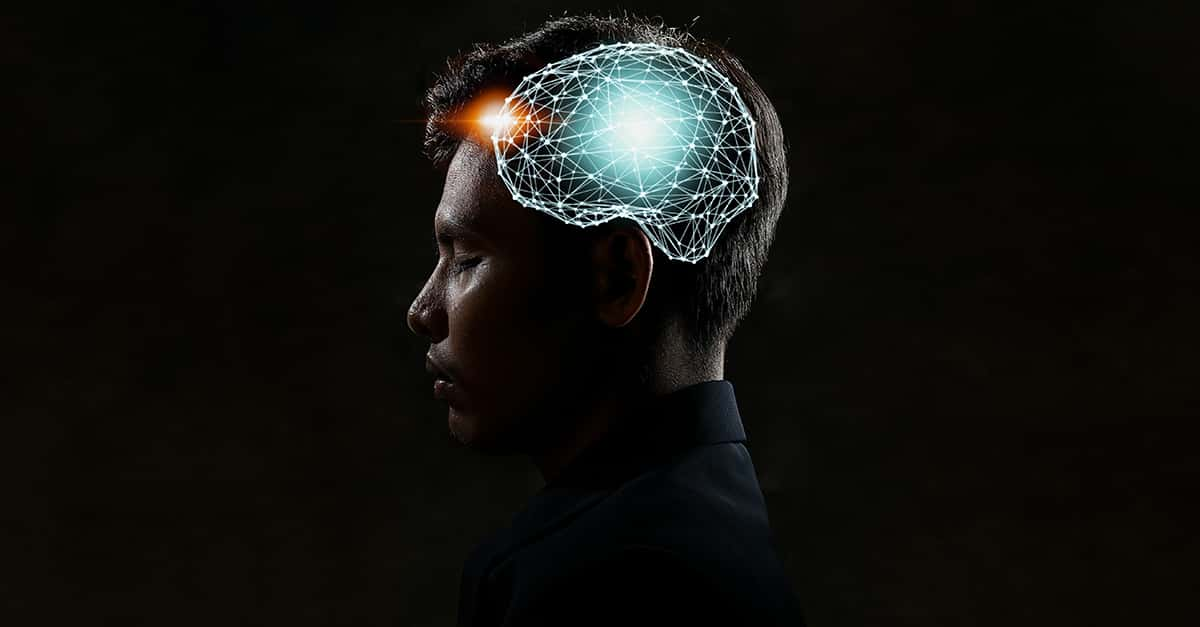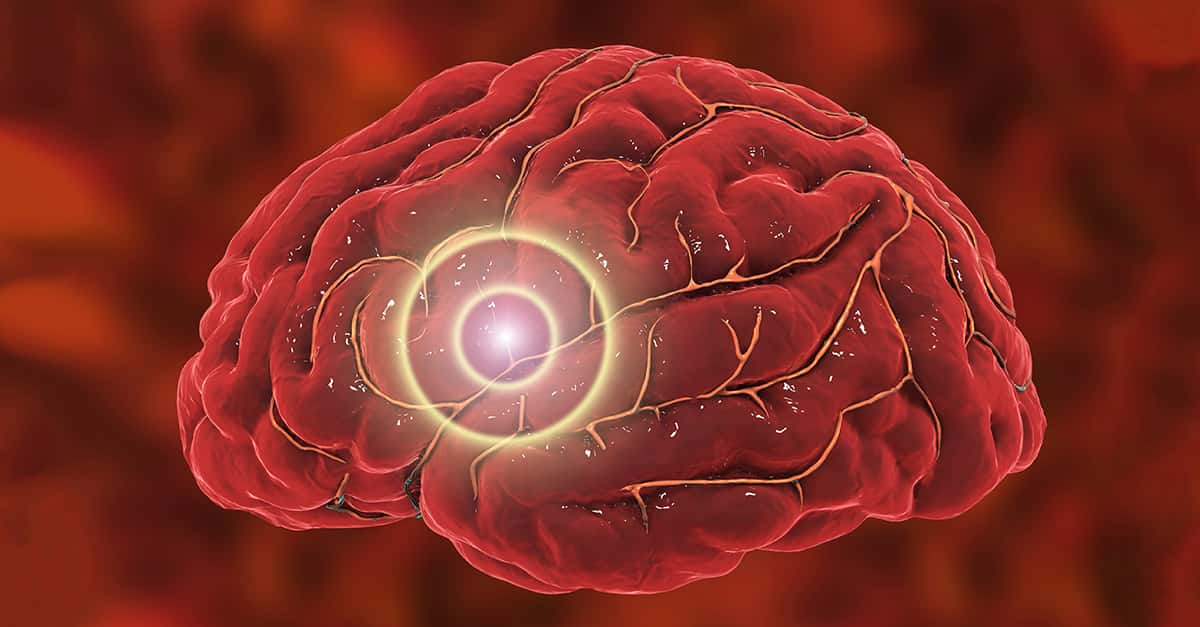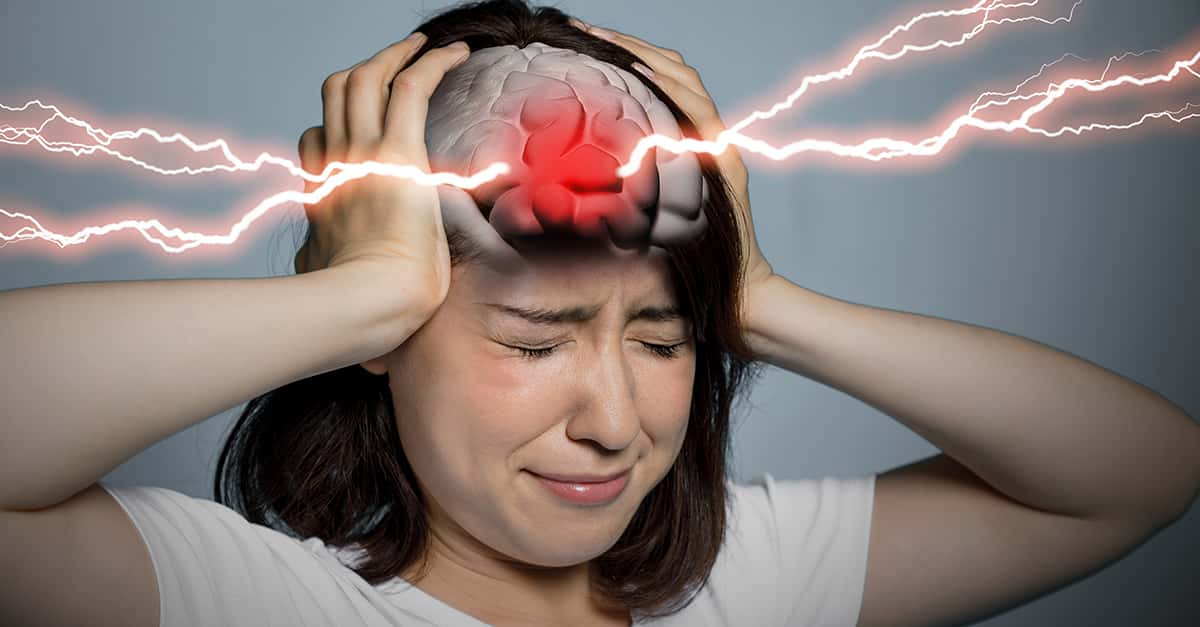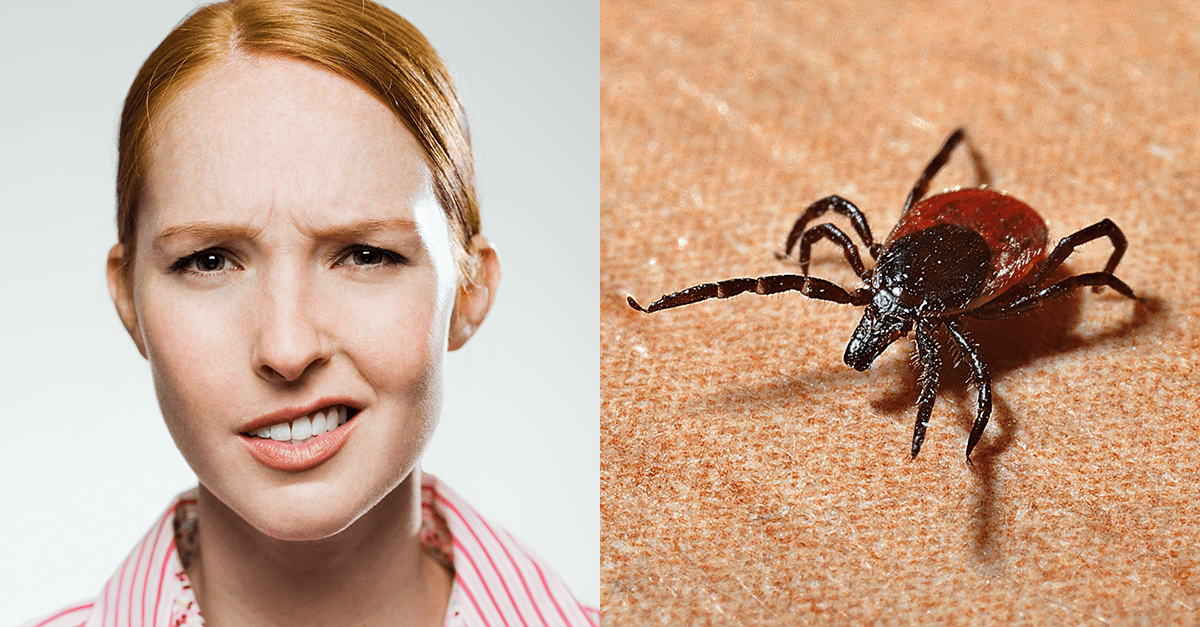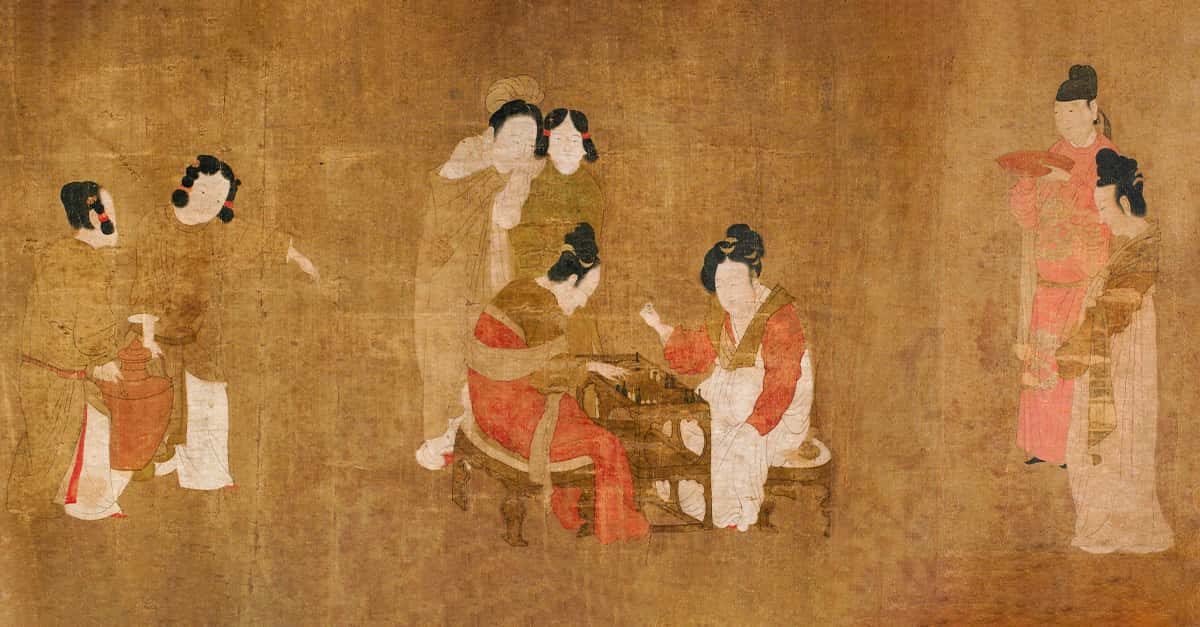What is a stroke? Many people understand that having a stroke is dangerous to our well-being, but few people know exactly what “having a stroke” really means, or what its symptoms, side-effects, and early warning signs are. Understanding what a stroke is can help us prevent them, as well as minimize the damage when a stroke does occur. So: what exactly is a stroke?
Brain Attack
First things first: by medical definitions, a stroke is what happens when something blocks the blood supply to the brain. However, there are two main ways this can occur: an ischemic stroke is when the arteries going into the brain are clogged up, while a hemorrhagic stroke happens when a blood vessel bursts in the brain. Ischemic strokes are far more common than hemorrhagic strokes—but they both come with their own warning signs and dangers.
An ischemic stroke, where an artery is blocked, usually by a clot, spells bad news for the oxygen supply to your brain. Immediate medical attention is incredibly important, especially since these episodes often happen rapidly, giving them the name “brain attacks.” In a hemorrhagic stroke, a diseased or otherwise compromised blood vessel can cause sudden and drastic pressure in the brain, knocking someone unconscious or even killing them. These kinds of strokes usually happen in very particular parts of the brain, among them the cerebellum, brain stem, and cortex.
Our brain is one of our most finely-tuned body parts—and strokes can be incredibly terrifying. But you can absolutely prevent them, and we’re about to show you how.
What’s in a Stroke?
The prevention and awareness strategies are different depending on the kind of stroke, as ischemic and hemorrhagic strokes are caused by different conditions. Ischemic strokes tend to be caused by atherosclerosis, or the narrowing of the arteries, usually due to cholesterol build up. As these arteries narrow down, it increases the risk of a blood clot formation that could trigger a stroke.
In contrast, hemorrhagic strokes are usually caused by high blood pressure or hypertension. In many ways, this is a silent killer: high blood pressure often has very few, if any, symptoms, and many people don’t realize they have it. Hemorrhagic strokes, however, may also be caused by trauma, infections, or even tumors, though these triggers are less common.
Perhaps the scariest thing about strokes is the way they don’t discriminate. Ischemic strokes account for a whopping 88% of strokes, and they can happen to people of any age, even children. Nonetheless, they do tend to occur most frequently in people over 60, and women are more vulnerable than men to ischemic strokes. African Americans are also at a higher risk of a stroke compared to other ethnic populations. Meanwhile, hemorrhagic strokes can also happen to people of any age, although their victims often skew younger.
So now we know what’s going on in our bodies when we have a stroke. How can we ward off a stroke?
Defending Yourself Against a Stroke
Given the known causes of strokes, there are several conditions and lifestyles that can trigger a stroke. If you know you have high blood pressure, atherosclerosis, diabetes, or heart disease, you should be in communication with your doctor to discuss stroke prevention, especially if you’re a smoker on top of this.
If you have a family history of strokes, are over 60, and/or are part of a vulnerable ethnic group, talk to your doctor as well. In fact, if you simply aren’t sure if you have these conditions or not, you should also be checking with a family practitioner. They can give you a tailored plan according to your lifestyle and individual needs.
Overall, however, a healthy lifestyle is the key to stroke prevention. Avoid bad fats like trans fats as well as added sugars, and fill your plate with leafy greens and fruits; these will help prevent atherosclerosis and high blood pressure. Also make sure to engage in physical activity. Weight gain can put pressure on your body and help set the scene for a stroke, while cardiovascular exercise can strengthen your inner systems. Finally, give up—or don’t even take up—smoking.
But medical consultation and healthy living can only go so far—life throws us curveballs, after all. So how can you tell if you or someone you know is having a stroke, and what do you do about it?
Early Stroke Warnings
The signs—and severity—of a stroke depends on which part of the brain is affected; that is, where the blood clot is stuck or where the blood vessel has burst. Because of this, no victim is likely to have the exact same stroke symptoms, but there are several common warning signs you should keep an eye out for.
The most classic is a sudden numbness that appears in your face, extremities, or especially just on one side of your body. If you experience confusion or difficulty speaking, this is also a symptom of an oncoming or ongoing stroke, as is difficulty understanding other people’s words. Trouble seeing, walking, and a sense of dizziness are also all warnings of a stroke. Finally, a severe and immediate headache is a stroke alarm bell.
If you start to experience these symptoms or see someone who is experiencing them, don’t hesitate to call 9-1-1. Moreover, follow through with emergency services even if the episode passes. Sometimes you can have a “mini stroke,” when the symptoms of a stroke last less than an hour. It’s medically known as a “transient ischemic attack” or a TIA, and it still requires immediate medical attention.
Curing Strokes?
Despite all these warning signs about strokes, they still claim many lives and livelihoods. Every year, nearly 800,000 people will have a stroke, either for the first time or otherwise. In fact, a stroke happens every 40 seconds, and it’s the fifth cause of death and the leading cause of disability in the USA.
And yet.
In reality, up to 80% of strokes are preventable if we only tend to our health and lifestyle. Moreover, an understanding of the warning signs can help save someone’s life. We are still fighting to push back the deadly condition—and it is not a hopeless battle. Let’s get to it.

